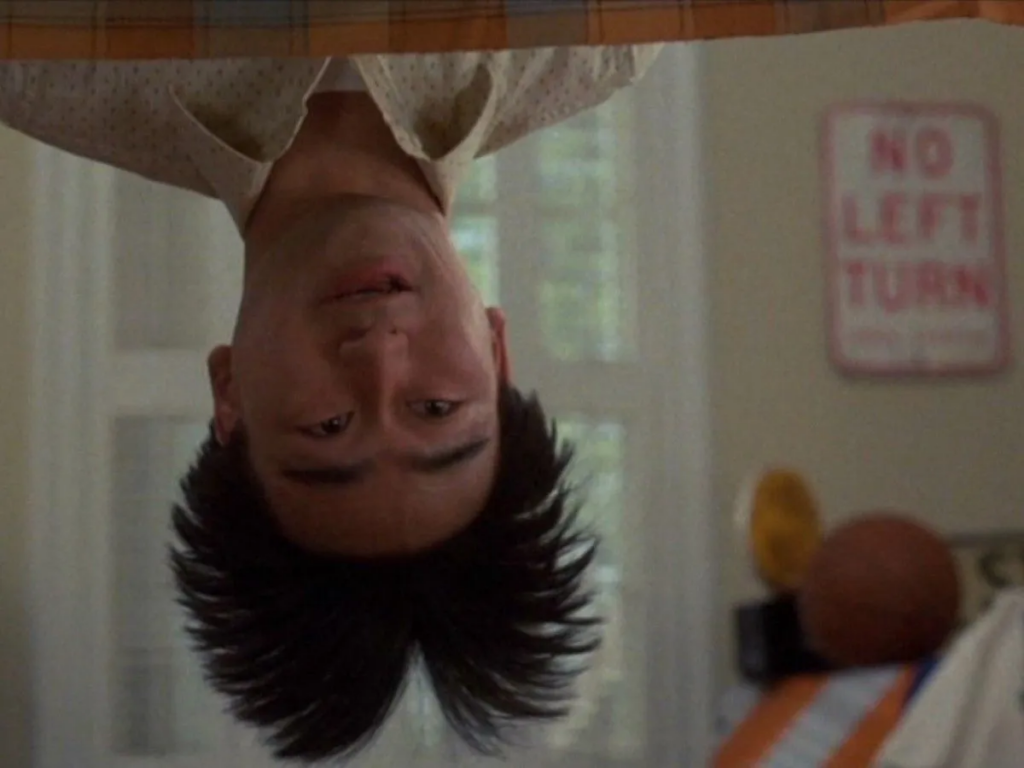
Whether we refer to it as “cancel culture” or simply Hollywood’s response to the ever-evolving world, the landscape of entertainment is in a constant state of flux, redefining what is deemed acceptable content. As societal norms shift, certain themes and elements that were once widely accepted have now become taboo. Consequently, it’s clear that these controversial films would not be produced in the same manner if they were created today.
These movies often feature jokes that could be viewed as racially insensitive, sexist, homophobic, or transphobic. Additionally, some plot points within these films fail to align with the cutting-edge perspectives of our modern world, disregarding the respect that marginalized groups rightfully demand, which was often denied to them in the past.
Despite their perceived flaws, many of these contentious films are still revered as iconic in today’s cultural lexicon. However, it is highly improbable that any of them would be greenlit or crafted in a similar fashion if they were to be made in the present day.

Sixteen Candles’ (1984)

The “Brat Pack” films crafted by John Hughes hold a special place in the hearts of those who experienced adolescence in the 1980s. However, when considering the cultural climate of today, it becomes apparent that Sixteen Candles would require significant alterations to be made without facing serious criticism. The film’s portrayal of sexuality contains attitudes that do not align with modern sensibilities. Moreover, the character Long Duk Dong, played by Gedde Watanabe, perpetuates one of the most derogatory Asian stereotypes ever depicted in cinema.

Slap Shot’ (1977)

Slap Shot frequently claims the top spot when it comes to memorable sports movies, praised for its authentic depiction of hockey, unforgettable characters like the beloved Hansen Brothers (pictured), and Paul Newman’s stellar performance. Nevertheless, the film’s raw realism may have pushed the boundaries a bit too far. The excessive blood, violence, and the use of offensive language, including homophobic slurs, would undoubtedly be deemed unacceptable in today’s standards.
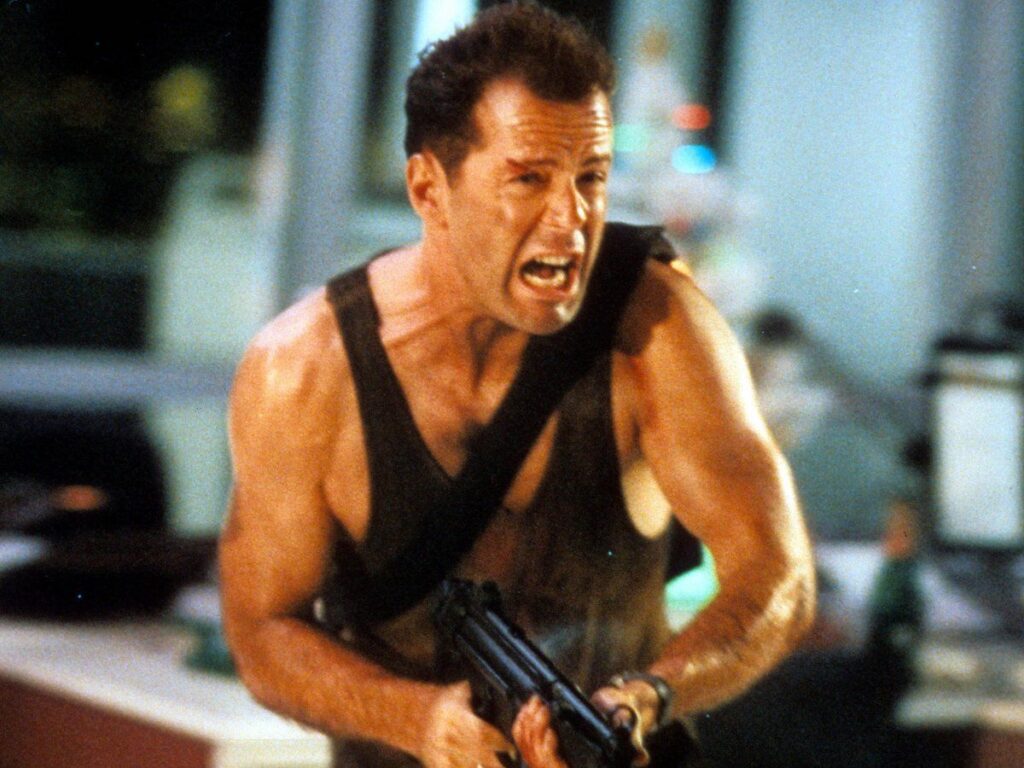
Crocodile Dundee’ (1986)

Crocodile Dundee enjoyed both critical acclaim and commercial success upon its release, propelling writer and star Paul Hogan to an Oscar nomination. However, with the benefit of hindsight, it becomes evident that the film harbors numerous problematic elements that render it unfitting for today’s standards. Firstly, the portrayal of Hogan’s character perpetuates offensive stereotypes that are disrespectful to Australians. Furthermore, the inclusion of jokes targeting transgender individuals within the film is highly inappropriate and offensive by contemporary societal norms. Recognizing the importance of cultural sensitivity and respect for diverse communities, it is clear that Crocodile Dundee would require significant revisions to align with modern values and avoid perpetuating harmful stereotypes.
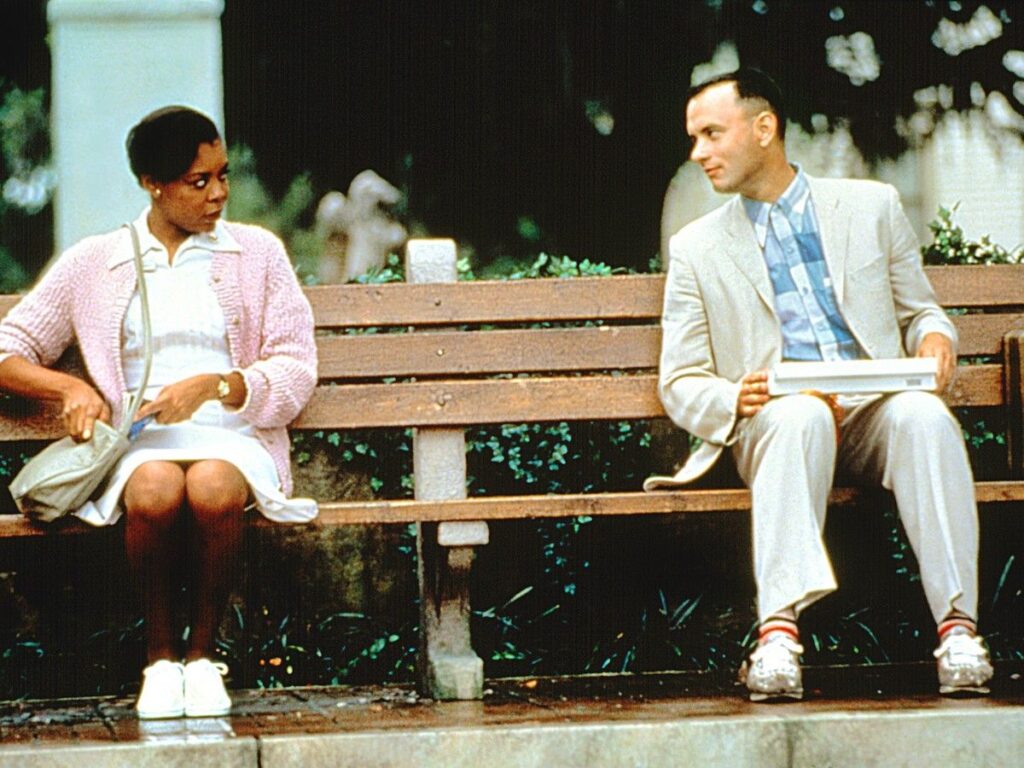
Die Hard’ (1988)

Die Hard has attained unparalleled cultural relevance in recent times, maintaining its presence in the collective consciousness through merchandise, memes, and the perennial debate about its classification as a Christmas movie. The irony, however, lies in the fact that the film, in its current form, would face significant obstacles in being made today. The movie’s intense violence, coupled with its light-hearted approach to the concept of a terrorist attack, would likely encounter greater scrutiny and resistance in the current global climate. The heightened sensitivity surrounding acts of terrorism and the need for more responsible portrayals would necessitate careful reevaluation and adaptation if Die Hard were to be produced in the present era.

Forrest Gump’ (1994)

When Forrest Gump debuted in 1994, it was widely celebrated as a cinematic masterpiece that provided a unique perspective on the latter half of the 20th century, focusing on the experiences of the Baby Boomer generation. However, as time has passed, the film’s Boomer-centric portrayal of significant historical events such as the Vietnam War, peaceful protests, the Black Panther Party, and the AIDS epidemic, especially in its treatment of the character Jenny, has faced increasing criticism and deemed less acceptable. Consequently, any potential remake of the film would necessitate significant changes to ensure a more inclusive and nuanced portrayal of these events, reflecting a broader understanding of history and societal perspectives.

Aladdin’ (1992)

Aladdin, the 1992 Disney classic, captivated audiences with its stunning animation, unforgettable music, and the incredible voice talent of Robin Williams. Fast forward to 2019, when Disney decided to give the film a live-action makeover. Why the changes? The original animated version contained numerous ethnic stereotypes concerning the Middle East, along with a problematic portrayal of Princess Jasmine as a damsel in distress. To address these concerns, the live-action remake made a conscious effort to tone down these elements, offering a more nuanced and updated depiction of the beloved characters.
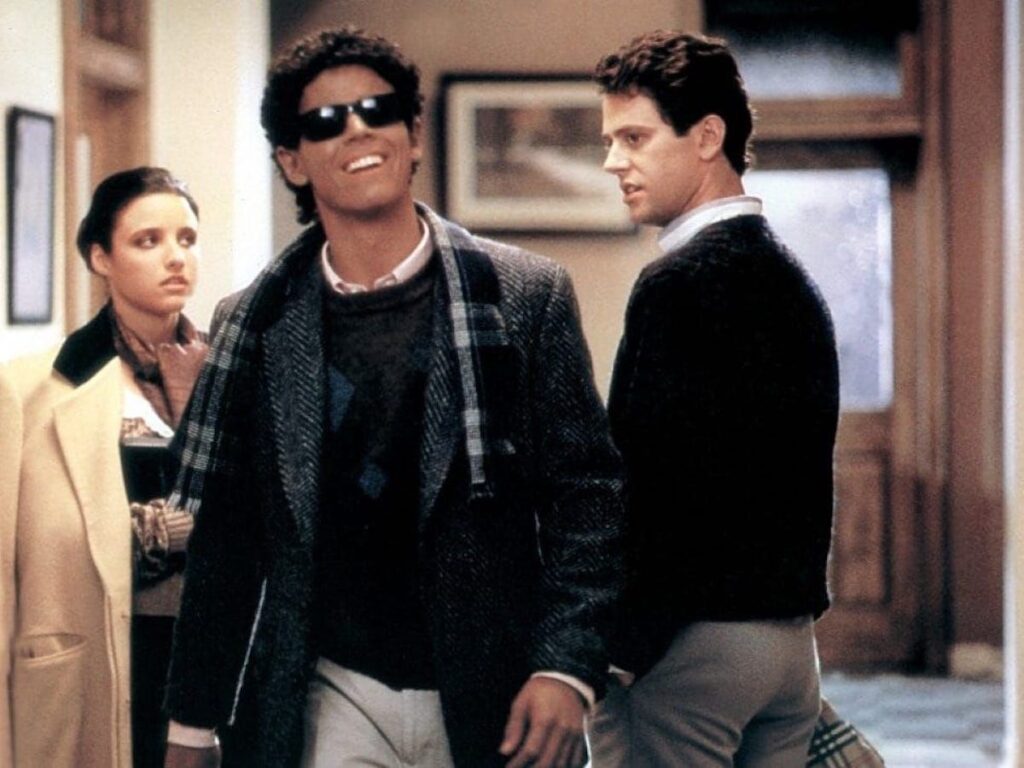
“Stripes” (1981)

For numerous comedy enthusiasts, Stripes holds a special place as Bill Murray’s comedic magnum opus. Nevertheless, it’s doubtful that this film would see the light of day if it were conceived today, primarily due to its reliance on zany military antics and the climactic depiction of a fictitious “war” with the Soviet Union. In a post-9/11 world, it’s highly improbable that a military comedy of this nature would secure substantial studio support, given the sensitivities surrounding such themes. The evolving landscape of global events and cultural sensitivities has played a pivotal role in reshaping the types of films that receive major backing from studios.
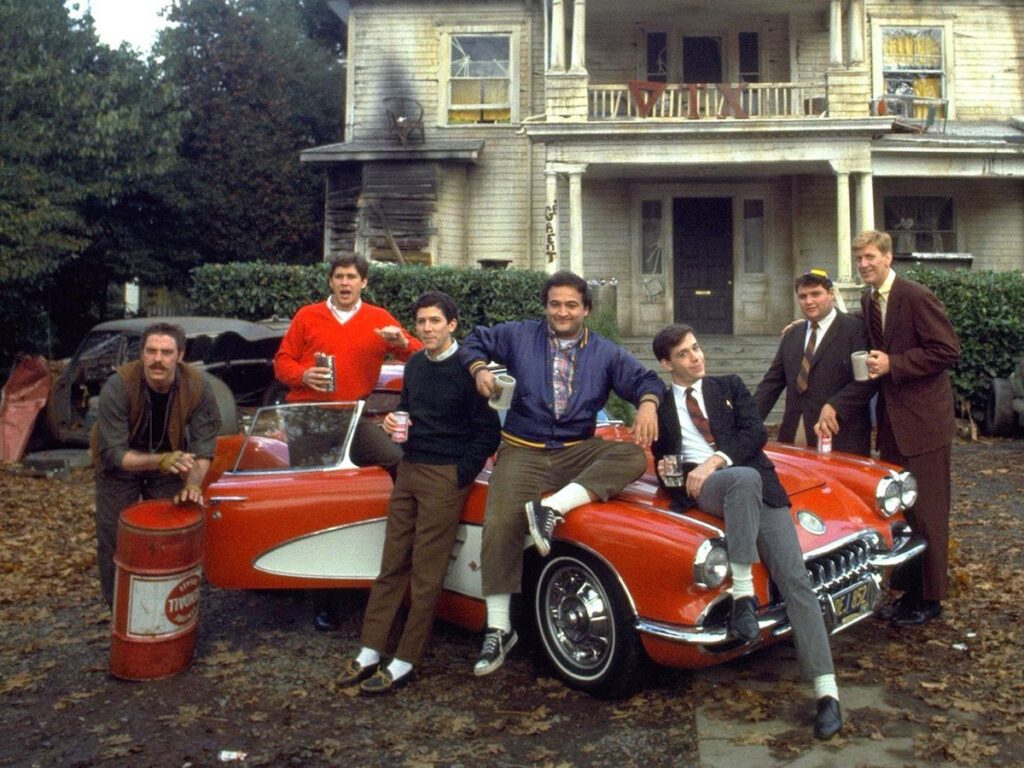
Soul Man’ (1986)

The film Soul Man, released in 1986, centered around a Caucasian high school student portrayed by C. Thomas Howell who resorts to wearing blackface to pose as an African American and secure a college scholarship designated for Black students. It is evident that such a premise is highly offensive and inappropriate, reinforcing racial stereotypes and perpetuating harmful practices. Given the significant progress made in fostering racial sensitivity and promoting inclusivity, it is clear that a movie with such content would never be produced in today’s climate. The understanding of cultural appropriation and the importance of respectful representation have evolved, rendering the concept of Soul Man utterly unacceptable by contemporary standards.

Animal House’ (1978)

Animal House holds a special place in the hearts of film enthusiasts as the quintessential college comedy. Nevertheless, upon revisiting the film, it becomes evident that its humor relies heavily on sexual and racial stereotypes that would not be acceptable in a contemporary film release. Even during its original release, some of the humor in Animal House was deemed sensitive, leading studio executives to seek guidance from comedian Richard Pryor to ensure the appropriateness of a scene set in an African American club. Recognizing the importance of respectful and inclusive storytelling, a modern film with similar themes would require significant adjustments to avoid perpetuating harmful stereotypes and embrace a more inclusive and considerate approach.
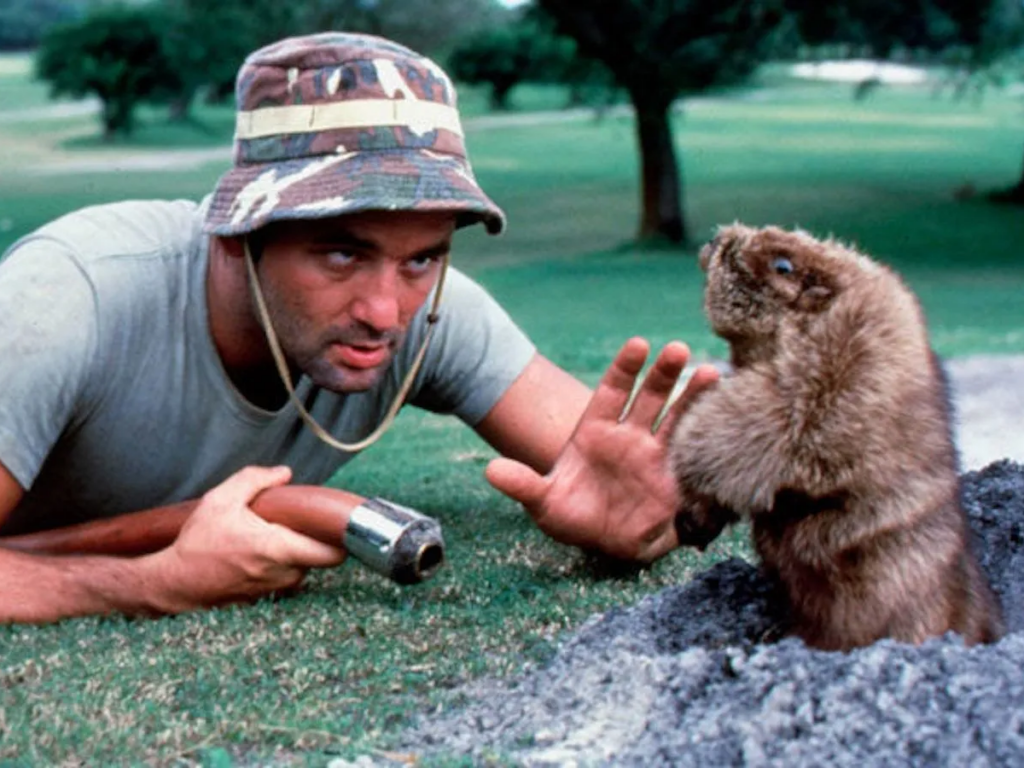
Batman Forever’ (1995)

When examining Batman Forever through the lens of offensive content, there are no significant factors that would prevent the film from being made in today’s era. However, given the current trend of comic book films leaning towards a more serious and reverential treatment of their source material, along with the focus on expansive cinematic universes, the film’s vibrant, campy, and almost comedic portrayal of the Caped Crusader and his allies would unlikely receive the green light in today’s industry. The contemporary landscape of superhero movies emphasizes a darker and more grounded tone, rendering Batman Forever’s style and tone out of sync with the prevailing cinematic preferences.
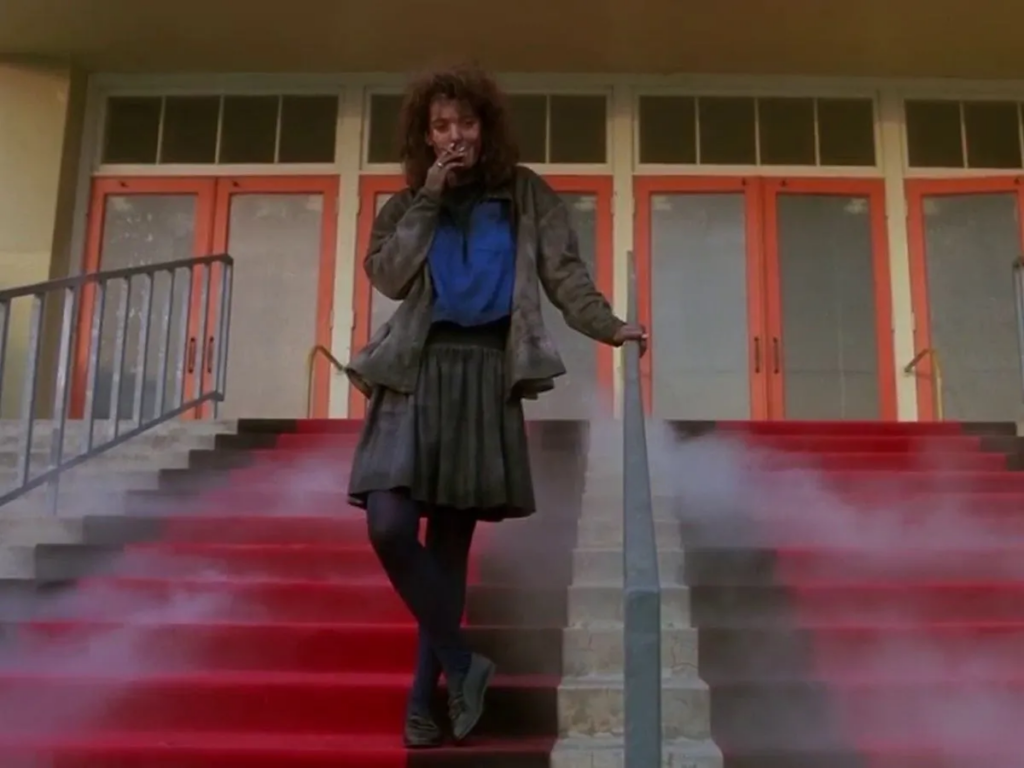
Caddyshack (1980)

Caddyshack, a comedy adored by fans even in the present day, is not without its flaws. The film contains a significant amount of racist and misogynistic dialogue that would undoubtedly face immediate rejection in today’s script development process. The evolving social consciousness and demand for more inclusive and respectful storytelling have rightfully challenged the acceptability of such offensive language. While the film still holds a special place in the hearts of comedy enthusiasts, it is important to acknowledge and address the problematic elements that detract from its overall legacy.
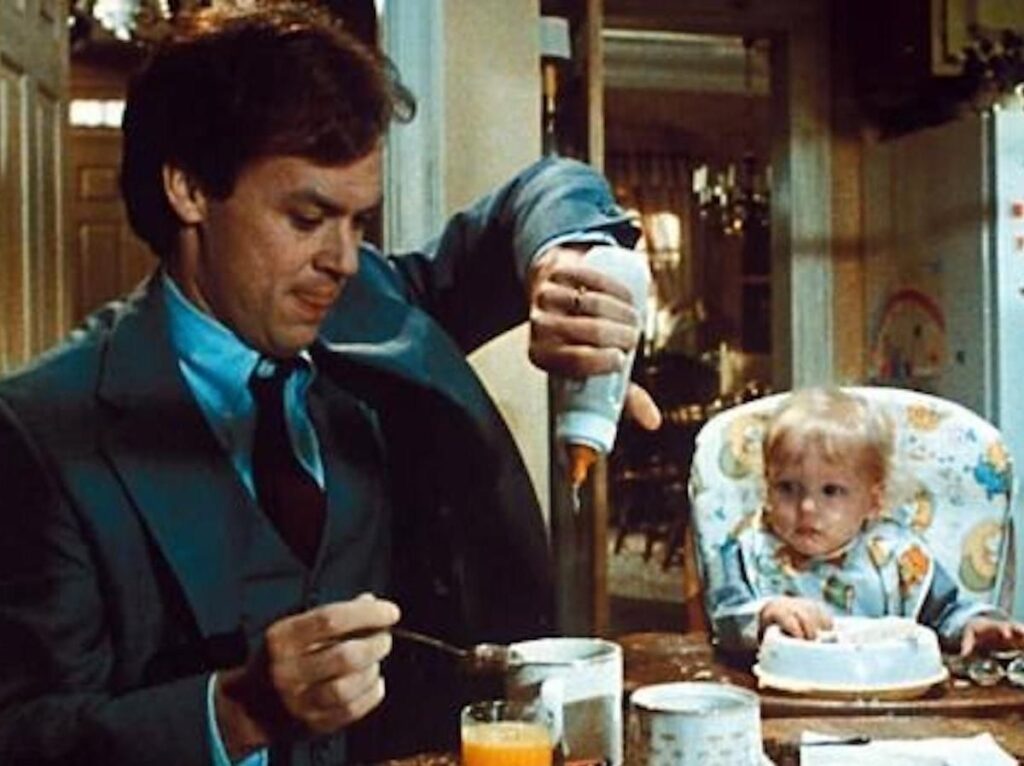
Heathers (1989)

The film starring Winona Ryder and Christian Slater does resonate with the feelings of teenage outsiders seeking acceptance, which remains a relevant theme today. However, the film’s climax, featuring students blowing up their high school, is no longer appropriate in light of the ongoing issue of real-life school shootings that continue to impact communities across America. The depiction of such a violent act, even if intended to be comedic, would be deemed highly insensitive and offensive in today’s context. The tragic reality of school shootings demands responsible storytelling that avoids trivializing or making light of such devastating events.
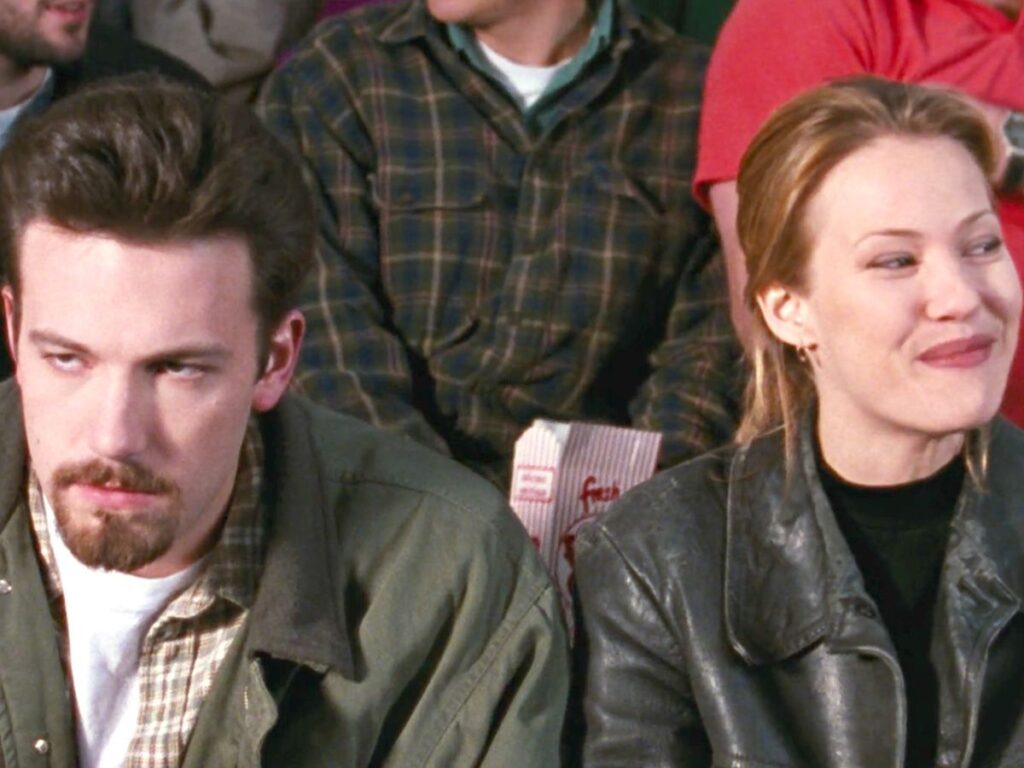
Mr. Mom (1983)

Mr. Mom, featuring Michael Keaton, would face significant challenges in today’s conceptual landscape. The film’s premise revolves around a father who takes on the responsibility of caring for his children when his wife enters the workforce. However, the film’s reliance on outdated gender stereotypes would not be well-received in the current century. The evolving understanding of gender roles and the importance of equal parenting would render the film’s portrayal of traditional gender expectations as problematic and out of touch. A modern interpretation would necessitate a more progressive and balanced approach to parenting dynamics.
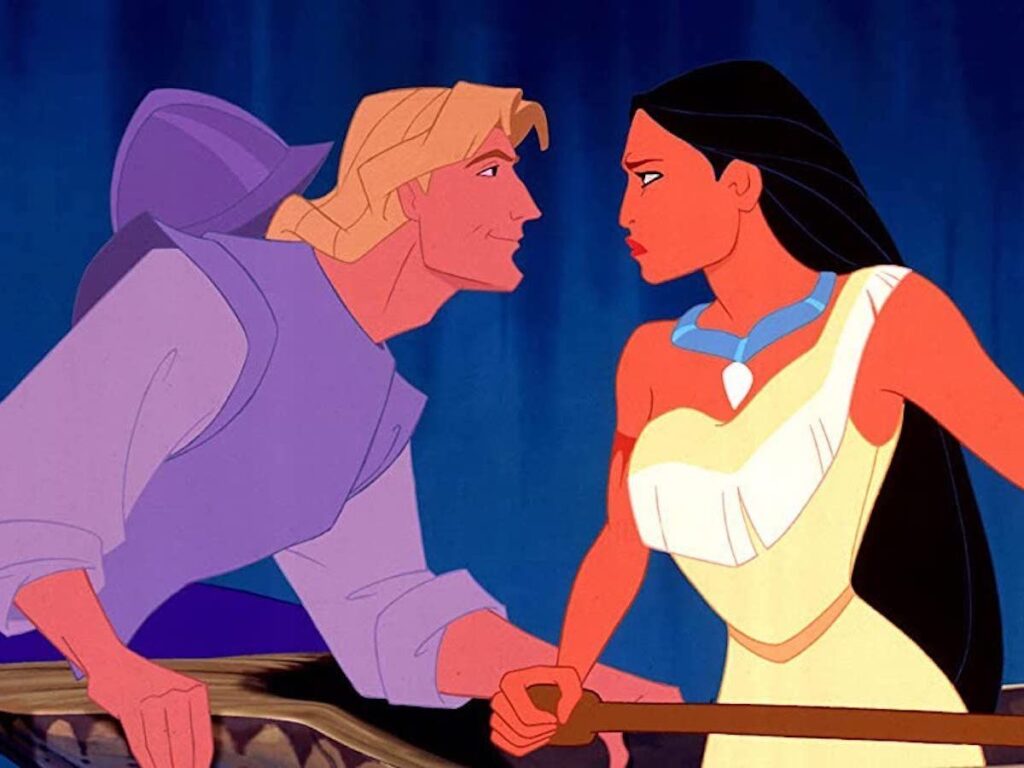
Chasing Amy (1997)

In 1997, Chasing Amy garnered attention for its bold exploration of LGBTQ themes and characters, making it a standout film for both indie and Kevin Smith enthusiasts. However, the central plot of the film may now be viewed as outdated and potentially insulting to modern sensibilities. Throughout the majority of the story, Ben Affleck’s character, Holden McNeil, relentlessly pursues Joey Lauren Adams’ character, Alyssa Jones, despite her identifying as a lesbian. When Alyssa finally agrees to date him, Holden exhibits anger and resentment towards her past. Although the film does present Holden as being in the wrong, contemporary audiences would likely be put off by the storyline, regardless of the intended message. The evolving understanding of consent, respect, and the importance of authentic representation would likely make the narrative unappealing to modern viewers.

Pocahontas (1995)

Disney’s animated rendition of Pocahontas, released in 1995, faced controversy due to the extensive alterations made to the historical narrative, as well as the portrayal of John Smith as a heroic figure. More than 25 years later, with easy access to information through smartphones, the film would likely encounter even greater scrutiny and be deemed even more problematic if it were produced in the present era. The availability of historical truths and the heightened emphasis on accurate representation would make it challenging for such a reimagining of the Pocahontas story to gain acceptance.
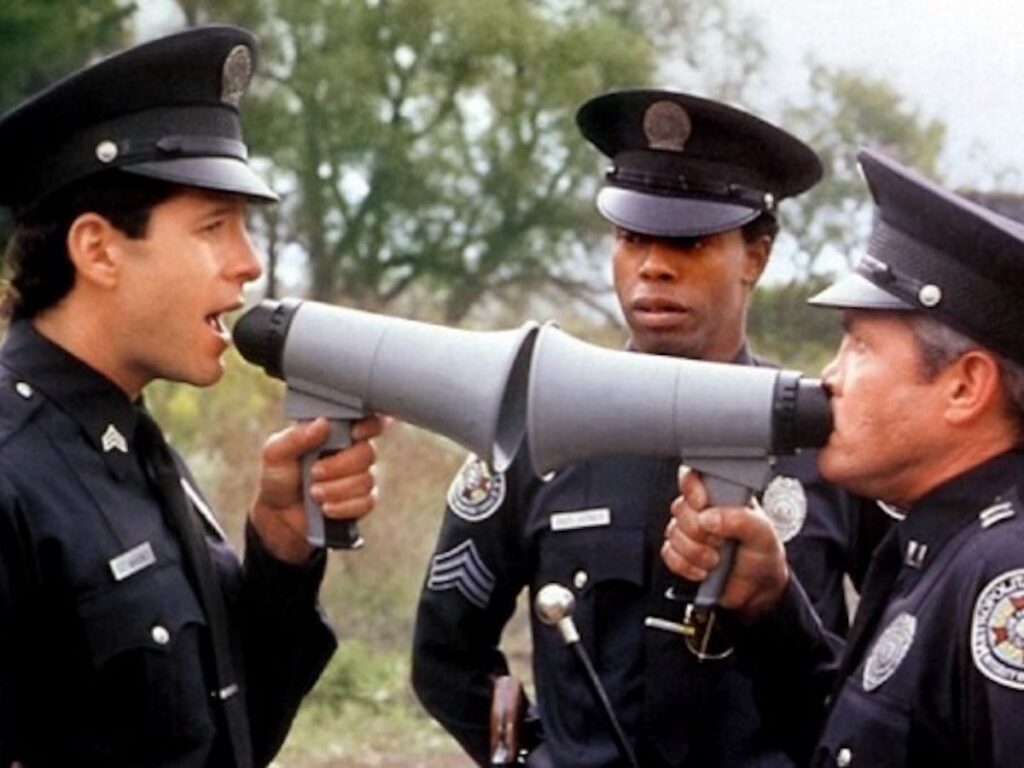
Back to the Future (1985)

Back to the Future is often credited as a perfect script, and one of the best blockbusters of the 1980s. However, the film’s played for comedy quasi-incest storyline (where the younger version of Marty McFly’s mother Lorraine has the “hots” for him) almost proved too controversial to be made in 1985, let alone now. It’s likely that if or when BTTF is ever remade, that storyline will be heavily downplayed if not dropped totally.
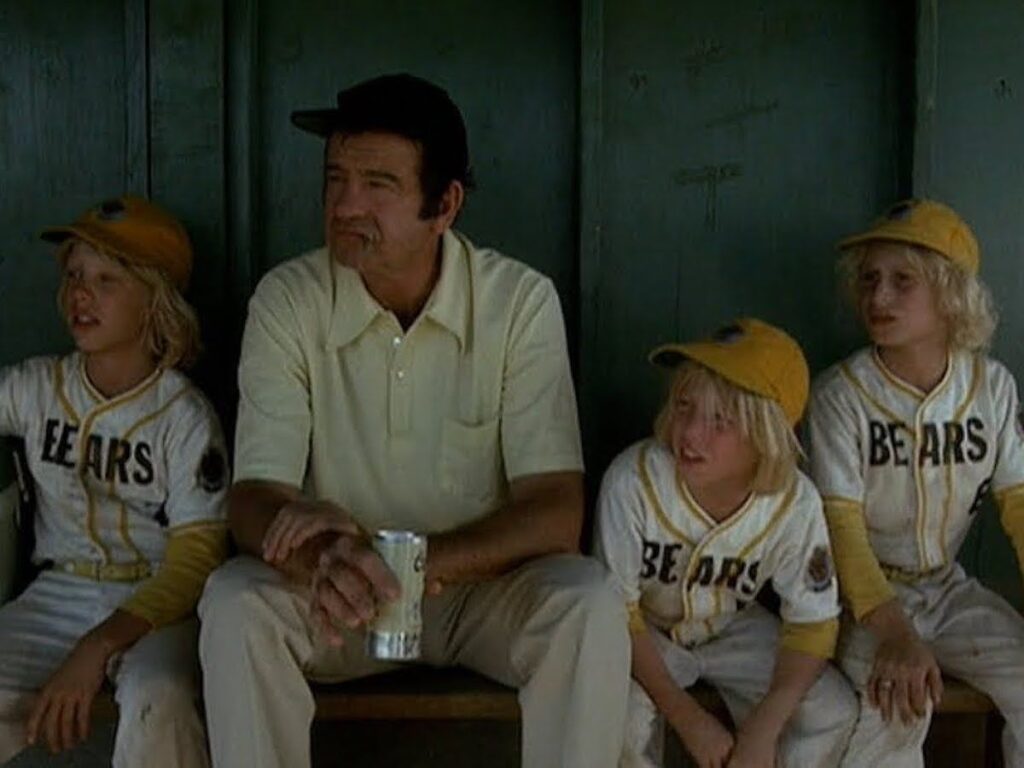
The Police Academy Series (1984-1994)

In a similar vein to Stripes, it is highly improbable that movies resembling the Police Academy franchise would be created in their original form in today’s context. These comedies, with their specific portrayal of law enforcement, would likely be viewed as disrespectful towards the police by some, while simultaneously being perceived as overly glorifying them by others, thereby potentially offending individuals from various perspectives. The sensitive nature of discussions surrounding policing and the need for more nuanced and thoughtful representations would likely deter the production of such films with their previous comedic approach.
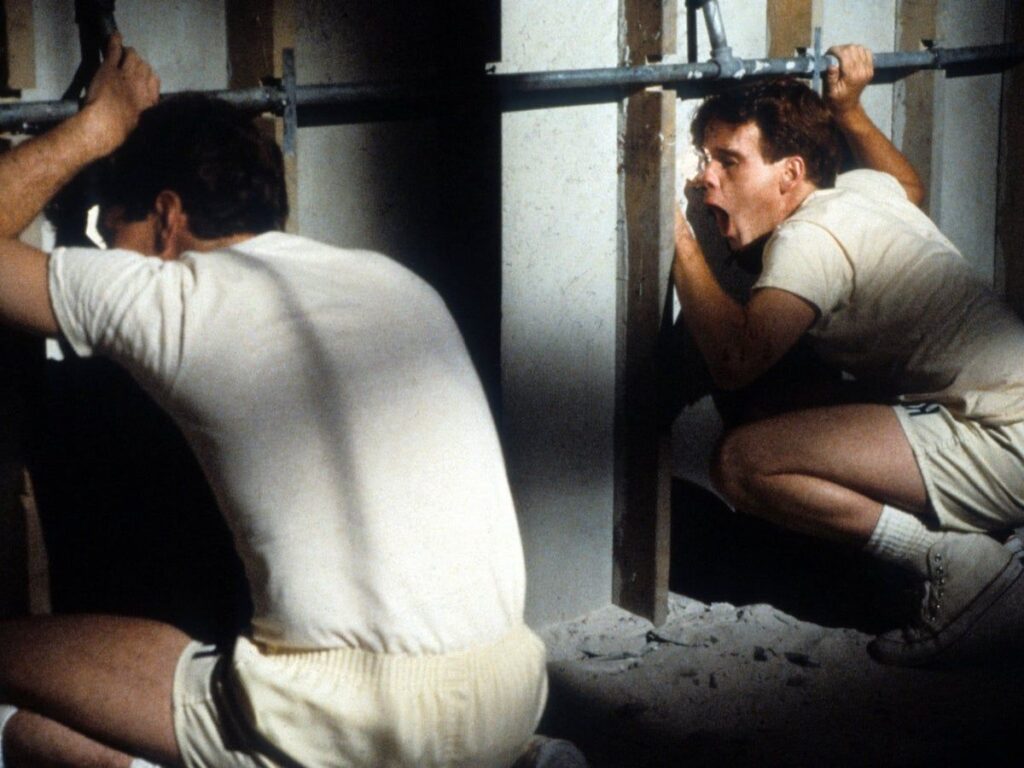
The Bad News Bears (1977)

On the surface, The Bad News Bears may appear to follow the familiar formula of a sports movie about an underdog team finding unity under the guidance of a tough coach. However, the original film is notable for its inclusion of profanity, underage drinking, and even instances of violence, which make it highly improbable that a similar film would be made in today’s climate. The 2005 remake of the film already toned down the story considerably, reflecting the evolving cultural landscape. Over the past 15+ years, societal norms and sensibilities have shifted even further, demanding more responsible and family-friendly portrayals of youth sports and the values they promote.
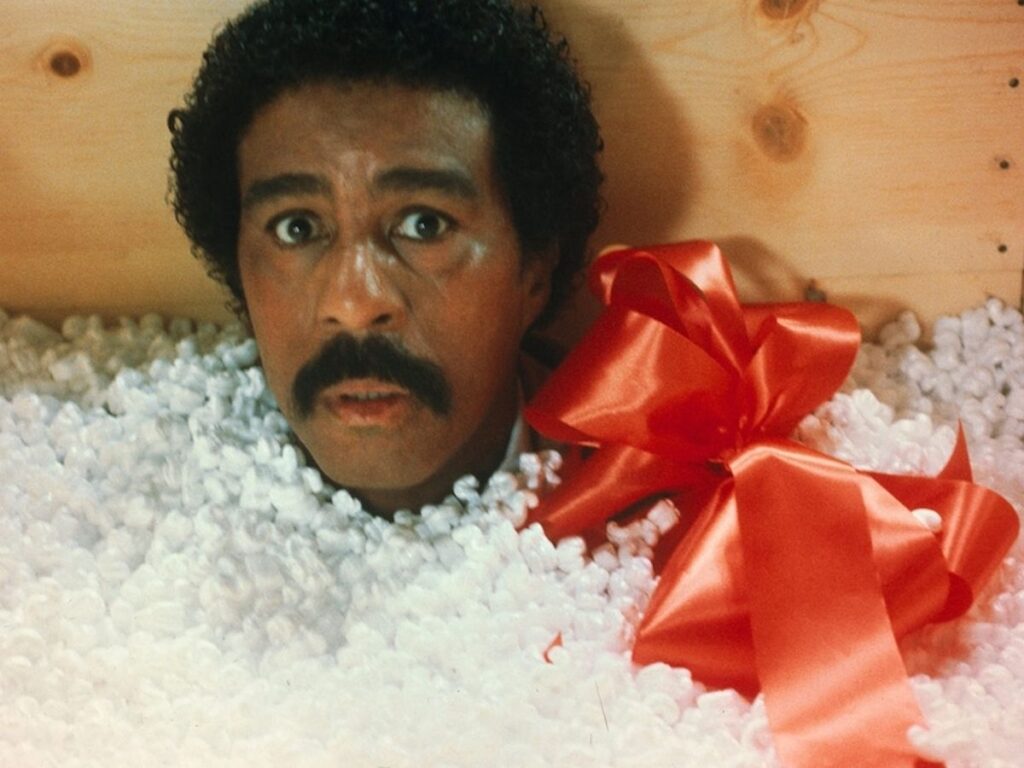
Porky’s (1981)

There is a ton about the 1980s teen sex comedy Porky’s that would likely rule it out from being made today (like the strip club plot line… ) but the most infamous plot point of the film is the hole in the wall….you know the one. The scene, featuring a group of teenage boys secretly drilling a hole in the school locker room wall to watch their female classmates change, became synonymous with the film and its treatment of women. Suffice to say, it wouldn’t fly today.
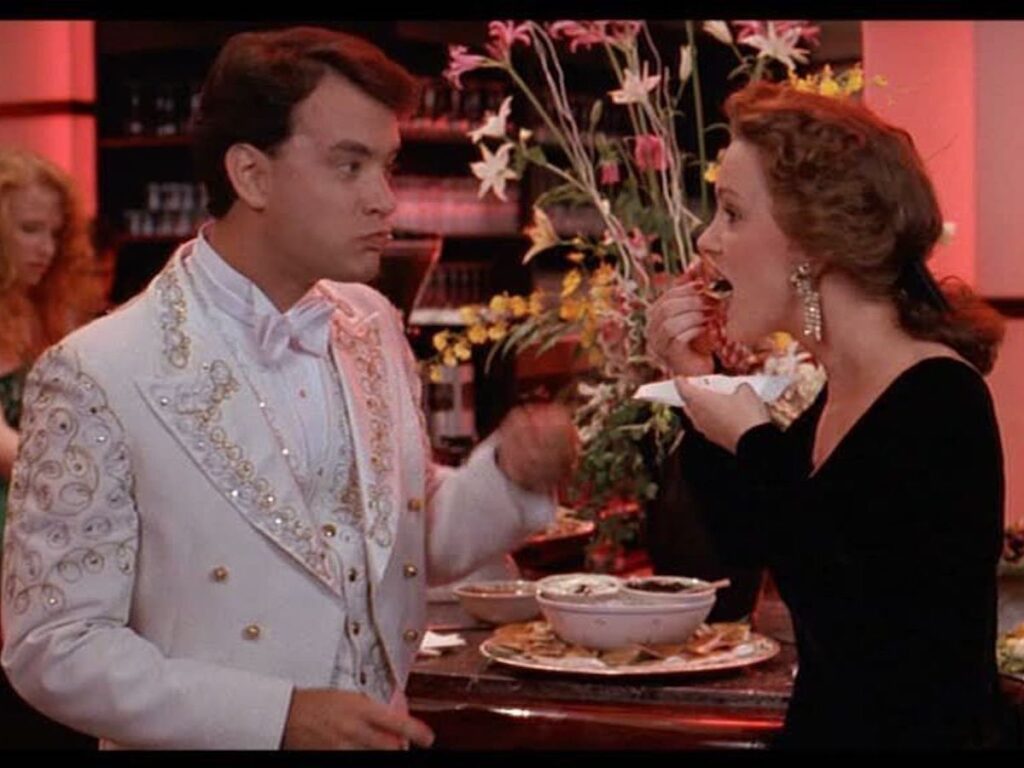
The Toy (1982)

The film The Toy, which revolves around a rich white man, portrayed by Jackie Gleason, seemingly “purchasing” an African American man, portrayed by Richard Pryor, as a companion and “toy” for his young son, raises significant concerns in terms of its premise. The concept of one person being treated as an object or property of another, particularly with racial undertones, is highly problematic and offensive. Such a storyline would undoubtedly face widespread criticism and backlash in today’s climate, as it perpetuates harmful power dynamics and racial stereotypes.
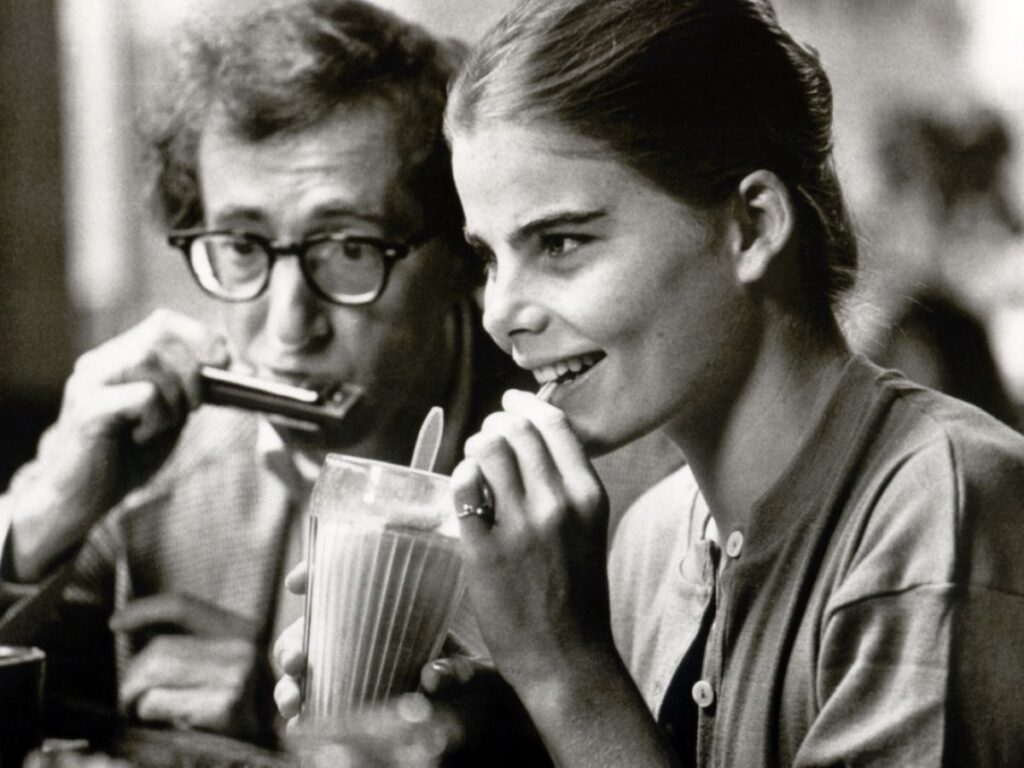
Big (1988)

If Big were made today, it would likely retain its overall concept but with one significant modification. The film’s central plot point that revolves around the somewhat awkward relationship between Tom Hanks’ character, Josh Baskin, a 12-year-old trapped in an adult’s body, and Elizabeth Perkins’ character, Susan, a fully grown adult, would certainly be altered or approached differently. The evolving understanding of appropriate relationships and consent would necessitate a more responsible portrayal of the interactions between characters, ensuring that the age and power dynamics are addressed sensitively and ethically.
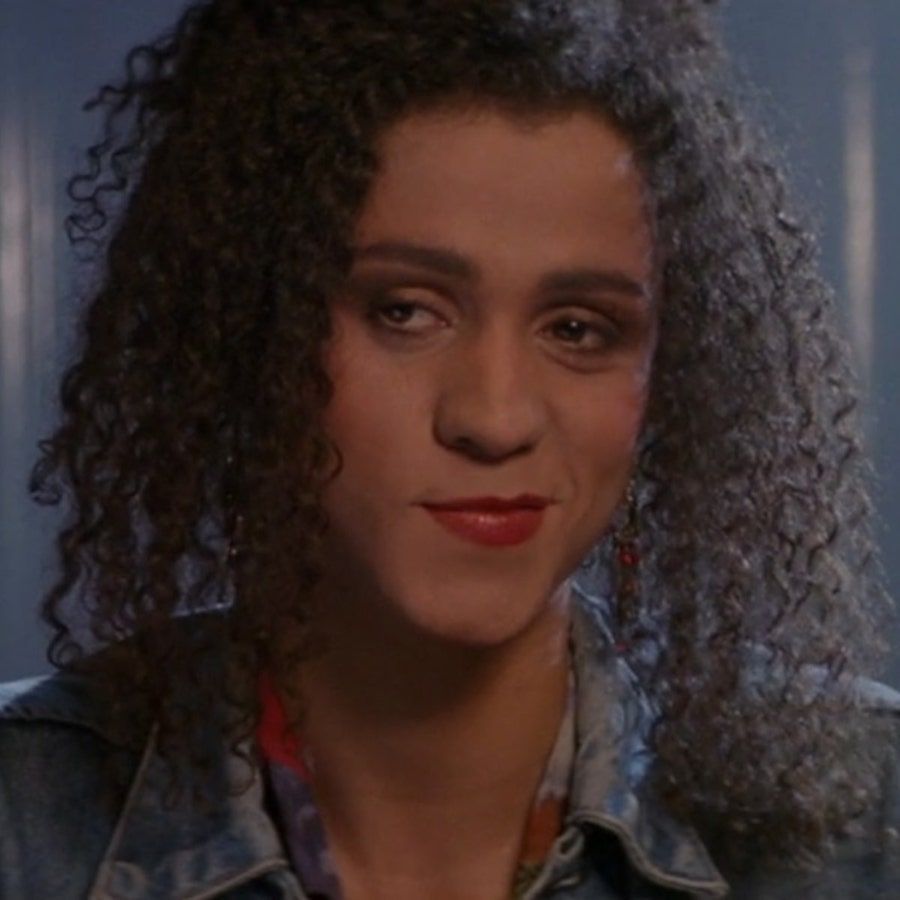
Manhattan (1979)

Woody Allen’s personal history, including leaving his longtime girlfriend Mia Farrow to marry one of her adopted children, who was nearly 30 years his junior makes it unliklely this movie would be maid. The films plot involves Allen dating a teenager, which mirrors real life too closely.
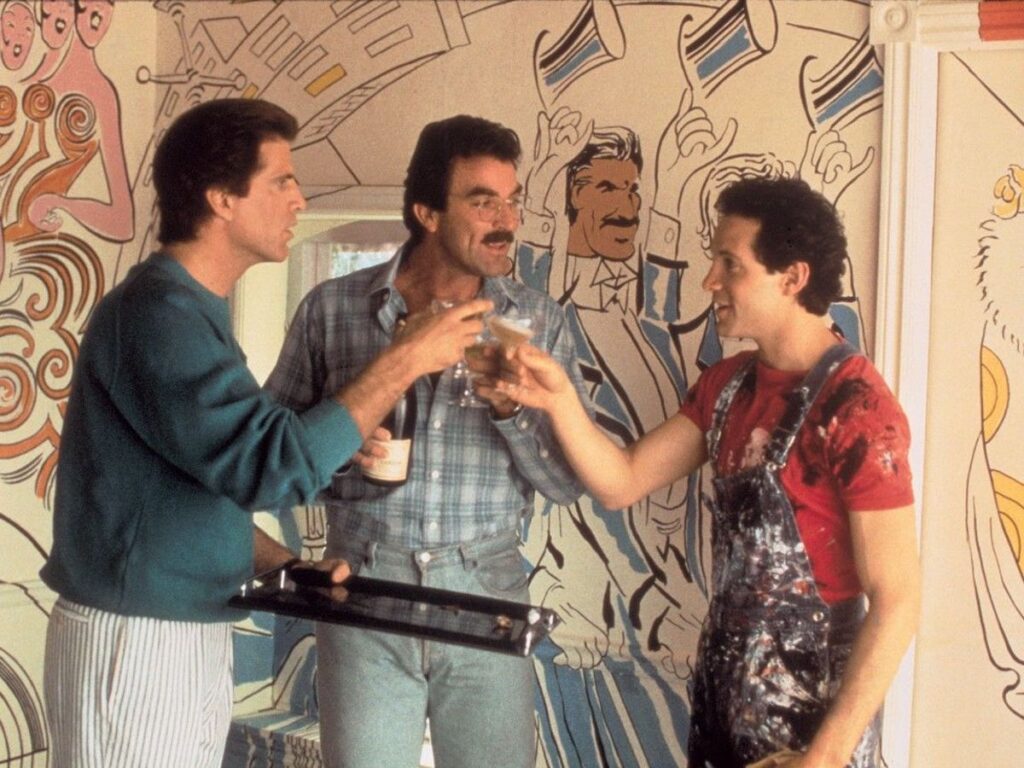
The Crying Game (1992)

The 1992 film, The Crying Game, garnered controversy due to its “shocking” twist involving the character Dil, who is revealed to be transgender midway through the story. In a scene that followed, another character initially reacts with repulsion, resorting to violence by punching Dil and subsequently experiencing physical distress. This particular scene would undoubtedly be deemed highly unacceptable in today’s cultural climate, as it perpetuates harmful stereotypes and portrays a transphobic response. The evolving understanding and representation of transgender individuals demand more sensitive and respectful portrayals in contemporary storytelling.
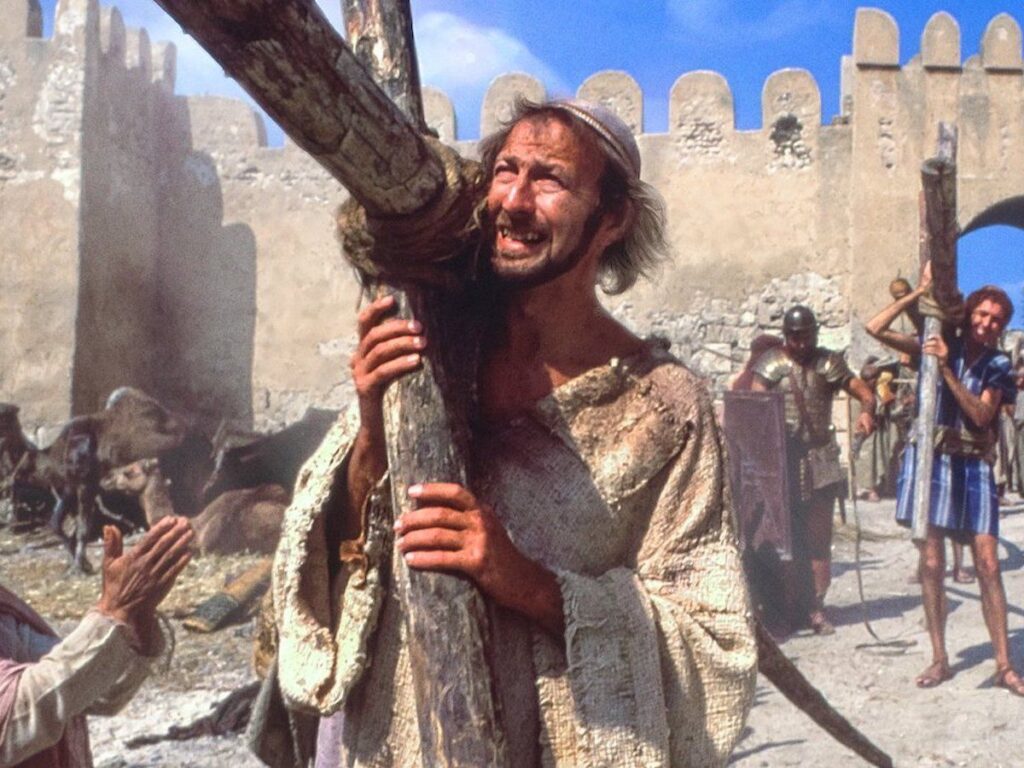
Three Men and a Baby (1987)

Three Men and a Baby faces significant criticism due to two prominent aspects. Firstly, the film incorporates a series of homophobic jokes, which are outdated and offensive by today’s standards. Secondly, Ted Danson’s character, who can be considered the main protagonist and the baby’s de facto father, is portrayed as actively involved in trying to acquire a shipment of cocaine throughout a substantial portion of the story. These elements, both the homophobic humor and drug-related storyline, contribute to the film’s problematic content, making it unsuitable for current sensibilities.
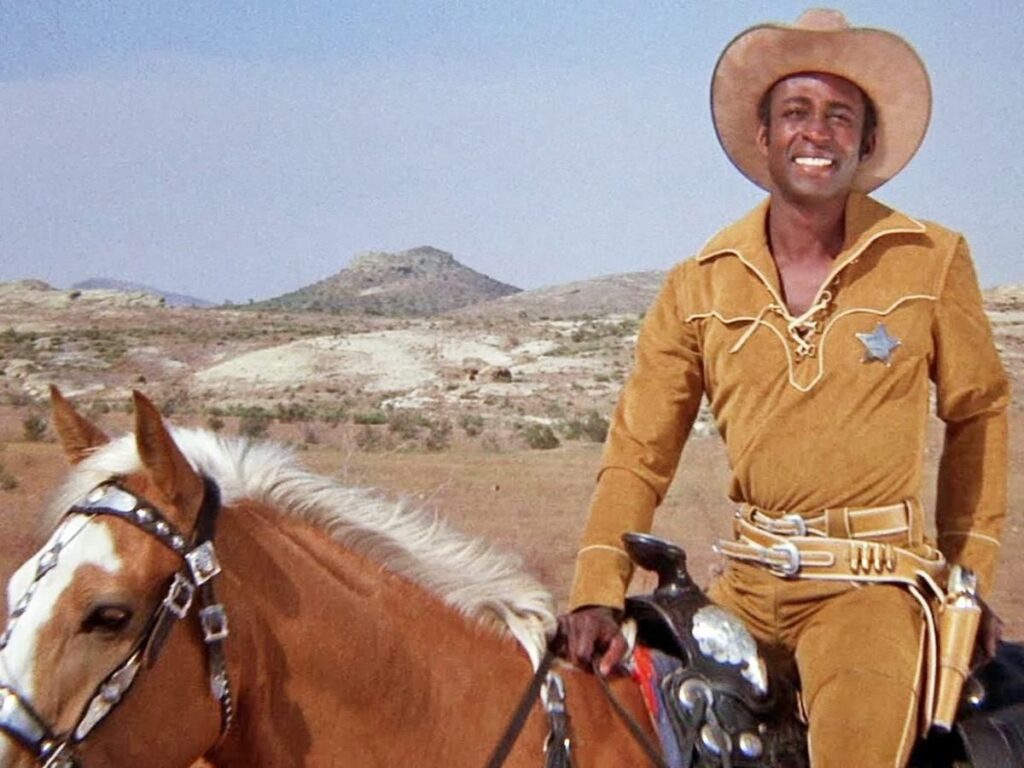
Monty Python’s Life of Brian (1979)

The iconic comedy group Monty Python fearlessly took on the subject of organized religion in their renowned 1979 film, Life of Brian. This irreverent masterpiece cleverly depicted the story of a baby born next to Jesus in a manger, using satire to poke fun at various aspects of religious institutions. However, in today’s climate, it is highly unlikely that any major studio would dare to tackle such a sensitive topic that challenges organized religion. The film’s audacious approach remains a testament to the bolder comedic landscape of the past.
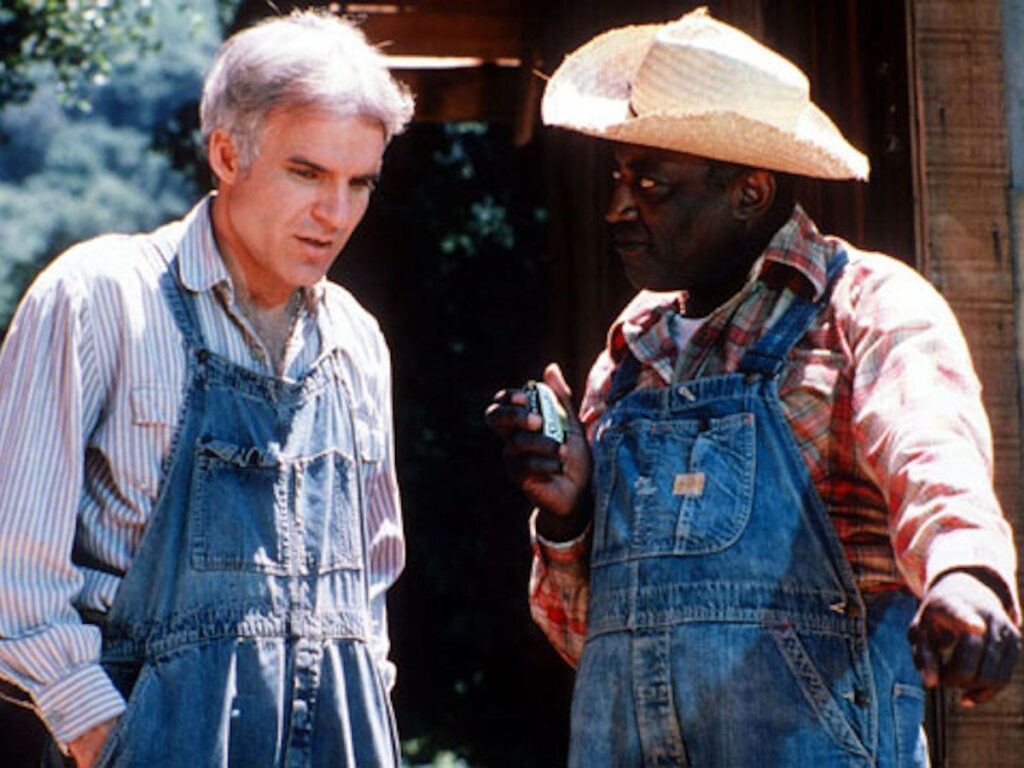
Blazing Saddles (1974)

Blazing Saddles, a comedic legend, fearlessly satirizes both Hollywood conventions and the law enforcement of its era. However, it cannot be denied that the script is rife with racist and sexist language, accompanied by a multitude of stereotypes. In an interview with Variety, Mel Brooks, the film’s creator, lamented the current state of political correctness, referring to it as the “death of comedy.” While the film remains a significant part of cinematic history, it stands as a vivid example of the evolving sensitivities and changing standards in comedy.
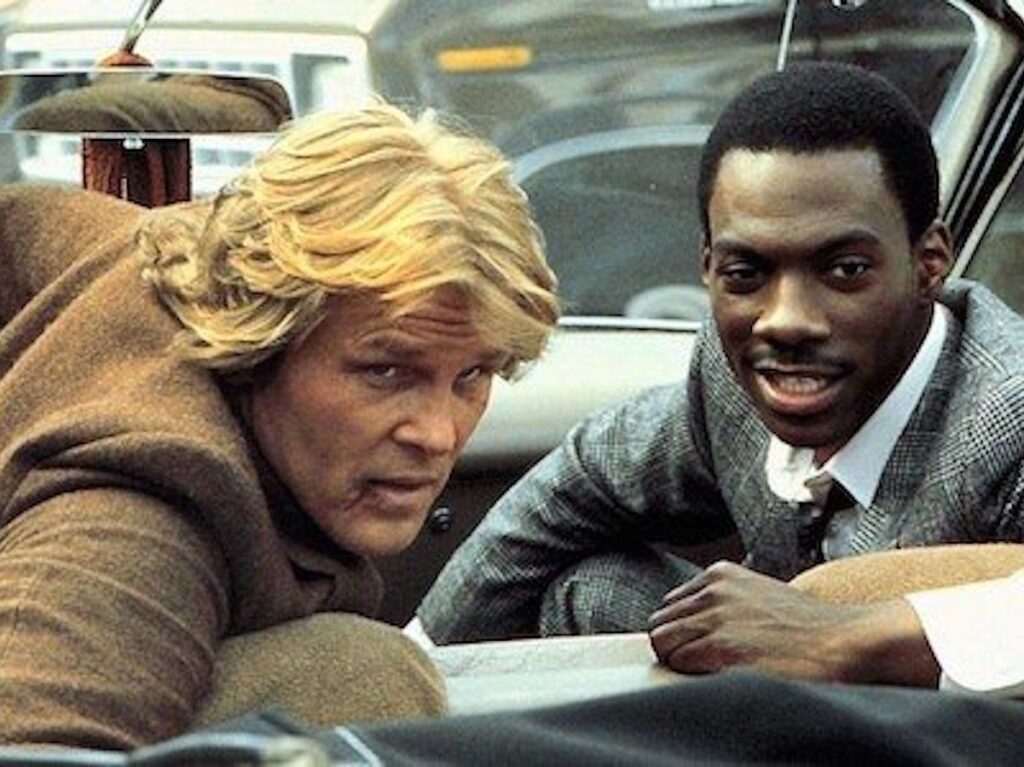
The Jerk – 1979

In the comedy classic, The Jerk, Steve Martin, a Caucasian actor, famously begins with the line, “I was born a poor black child,” as his character Navin R. Johnson, who was adopted by an African American family. While the film aimed to derive subversive humor from this scenario, it is arguably for the best that such a concept is not revisited in today’s context. Given the heightened awareness around racial sensitivity and cultural appropriation, it is important to approach such topics with caution and respect.
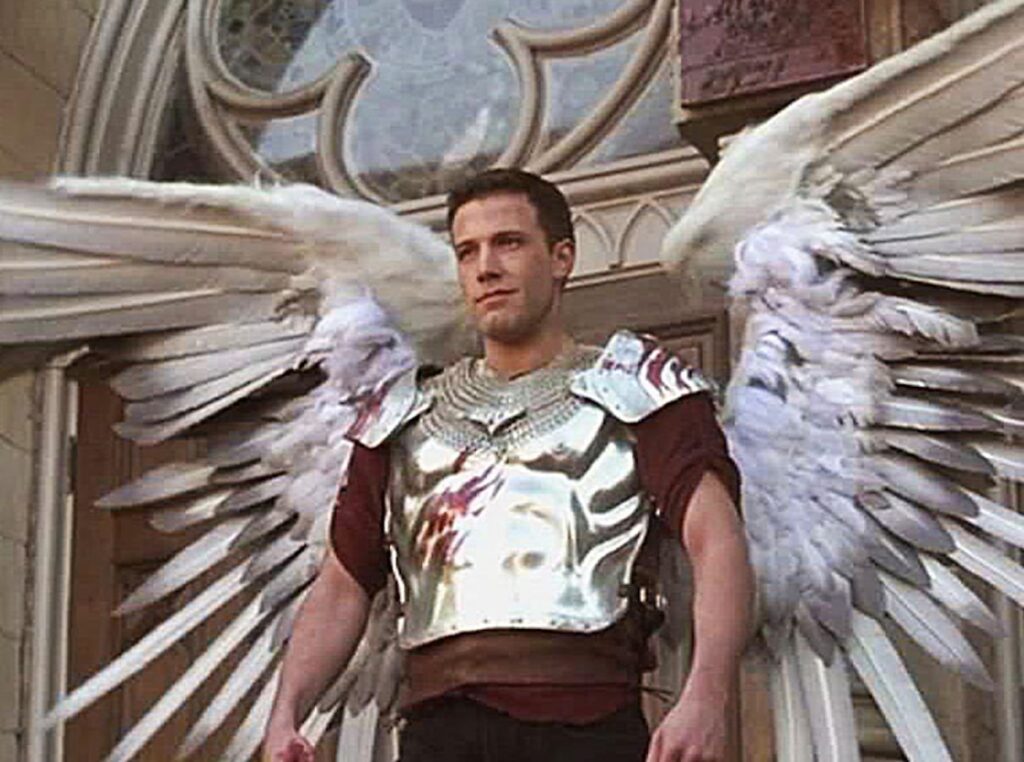
48 Hrs. (1982)

Although 48 Hrs. may function as an entertaining buddy-cop film, its abundant and unapologetic utilization of sexually explicit and racially offensive language, including the frequent use of the highly derogatory “n-word,” would unquestionably render it unacceptable in today’s cultural climate. The evolving sensitivity towards such language and racial dynamics makes it clear that this film would be considered inappropriate and socially unacceptable by modern standards.
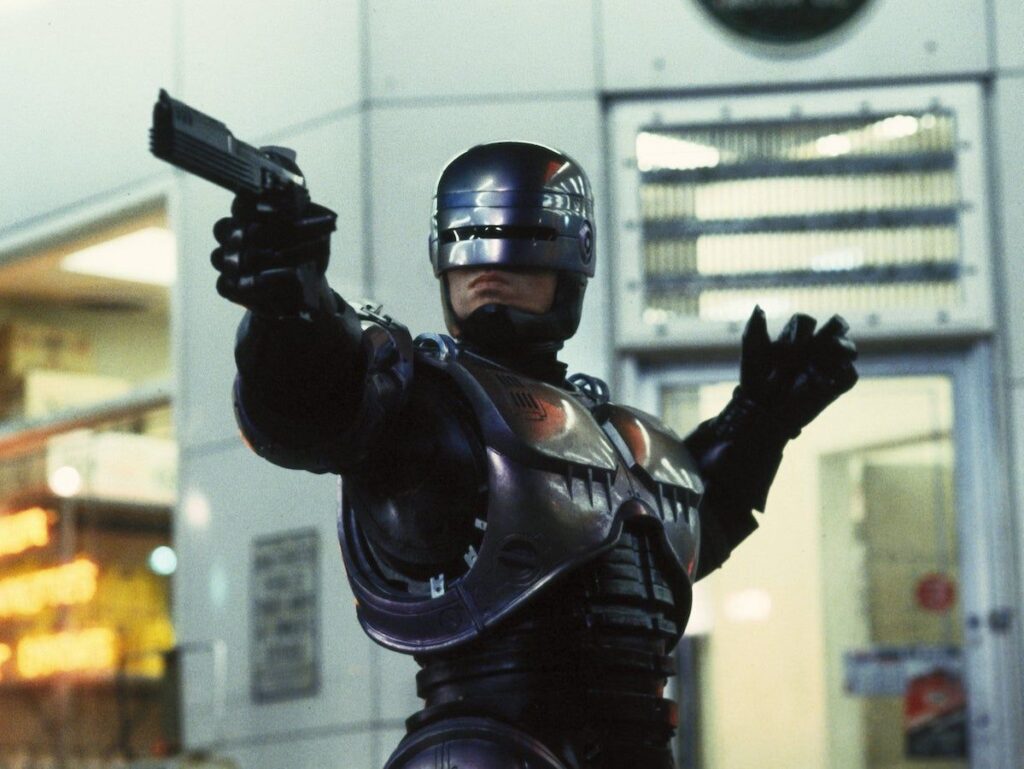
Dogma (1999)

Similar to the satirical masterpiece Life of Brian, Dogma, directed by Kevin Smith, expertly exposed the underlying hypocrisies within the organized Catholic religion. Back in 1999, the film caused quite a stir, with Smith even receiving death threats and facing widespread protests. Fast forward to today, and the climate has only intensified. It’s highly improbable that Dogma, or any film of its kind, would have the opportunity to be released in the current landscape. The level of controversy and sensitivity surrounding religious themes has reached unprecedented heights.
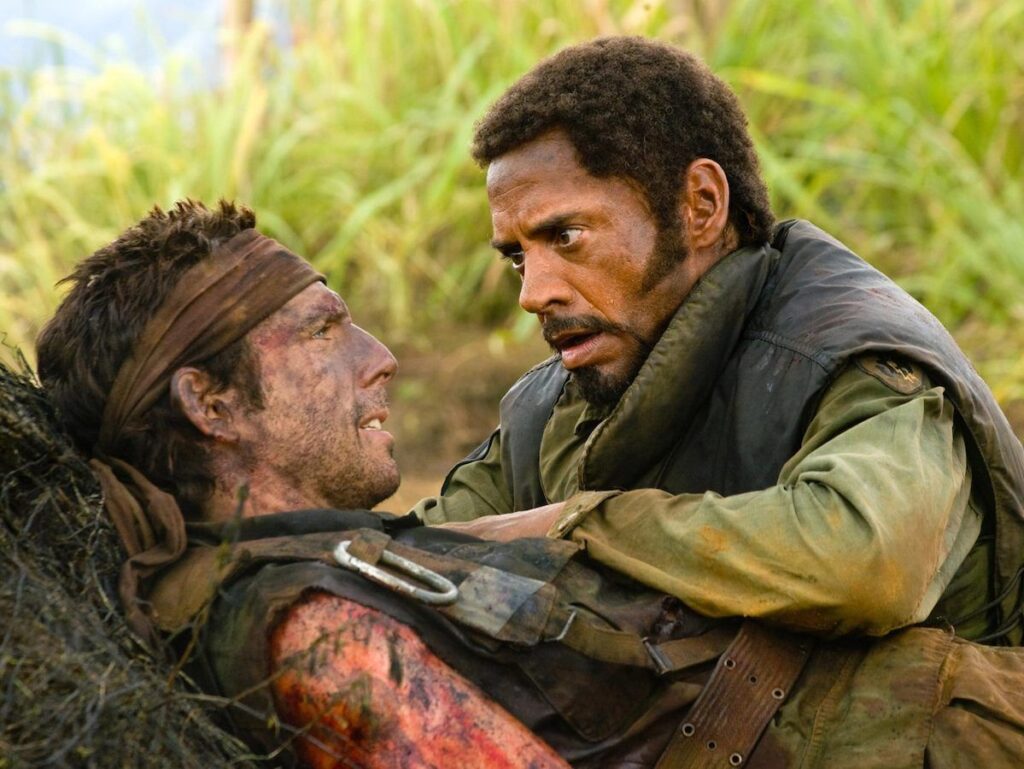
Robocop (1987)

Robocop, the original film, would face criticism from both ends of the political spectrum if it debuted in today’s world. On the left, there would be disdain for its portrayal of law enforcement resorting to violence within the story. Simultaneously, those on the political right would take issue with its overtly anti-capitalist messaging and its challenging of the U.S. justice system. This dynamic blend of viewpoints would surely generate quite a stir if the film were released in contemporary times.
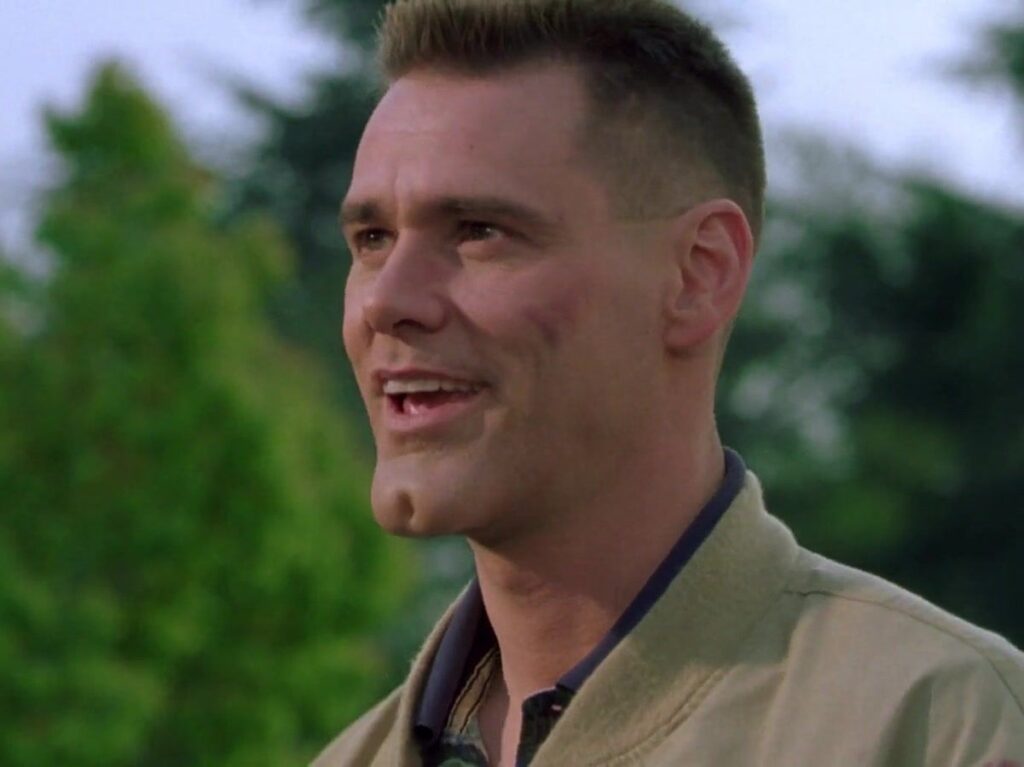
Tropic Thunder (2009)

Tropic Thunder, released in 2009, achieved significant success as a comedy film, celebrated for its satirical take on Hollywood, actors, and exaggerated military masculinity. However, there is a crucial aspect of the film that would prevent its creation in today’s landscape: Robert Downey Jr.’s portrayal of Kirk Lazarus. Downey Jr., known primarily for his role as Iron Man, played a white actor who portrays the black character Lincoln Osiris by donning blackface within the movie’s fictional storyline. While the film attempted to present Downey’s performance as a parody of blackface, the inclusion of such content would be deemed highly inappropriate and offensive in a contemporary big-budget production, particularly considering Downey’s association with the Marvel Cinematic Universe. The understanding and acknowledgment of the historical context and harm caused by blackface have progressed significantly, rendering its inclusion in any comedic context unacceptable by today’s standards.
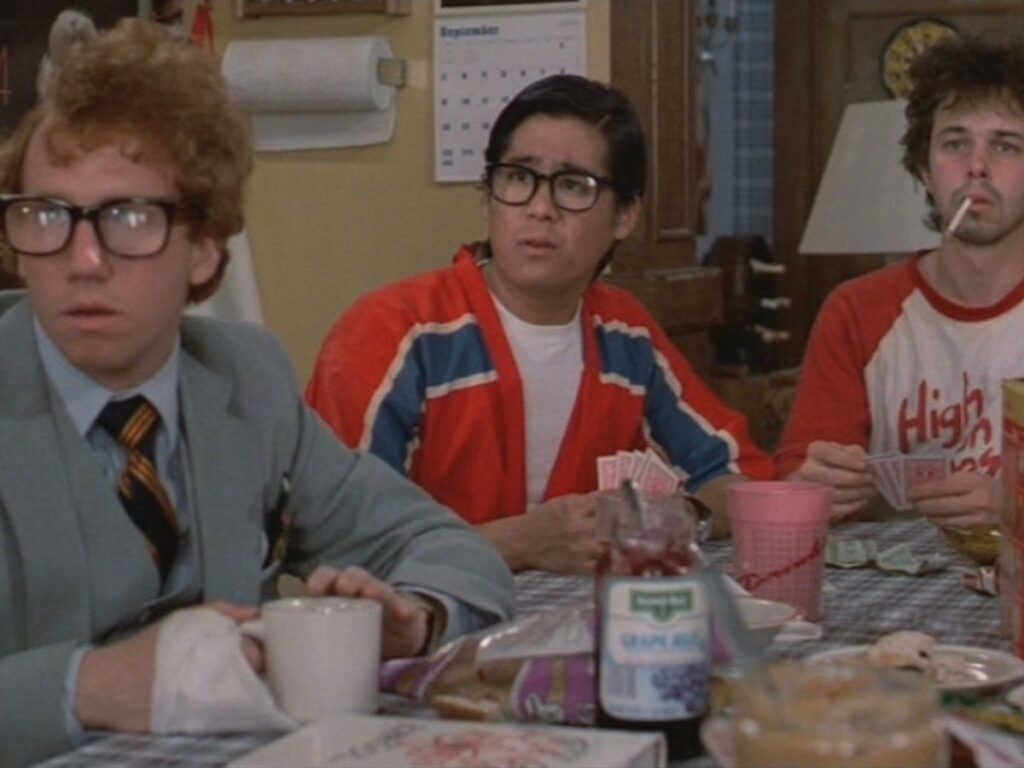
Me, Myself, and Irene (2000)

In the year 2000, the film Me, Myself, and Irene starring Jim Carrey explored the story of a state trooper with a mental illness who experiences multiple personalities following a mental breakdown. The movie relied on various stereotypes about schizophrenia to elicit laughter, which caused controversy upon its release. The National Alliance on Mental Illness even called for Carrey and the studio to release a public service announcement acknowledging that the film did not provide an accurate portrayal of mental illness. Given the response the film received more than two decades ago, it is highly unlikely that a similar movie would be produced in today’s climate, as there is now a stronger emphasis on promoting accurate and sensitive portrayals of mental health conditions.
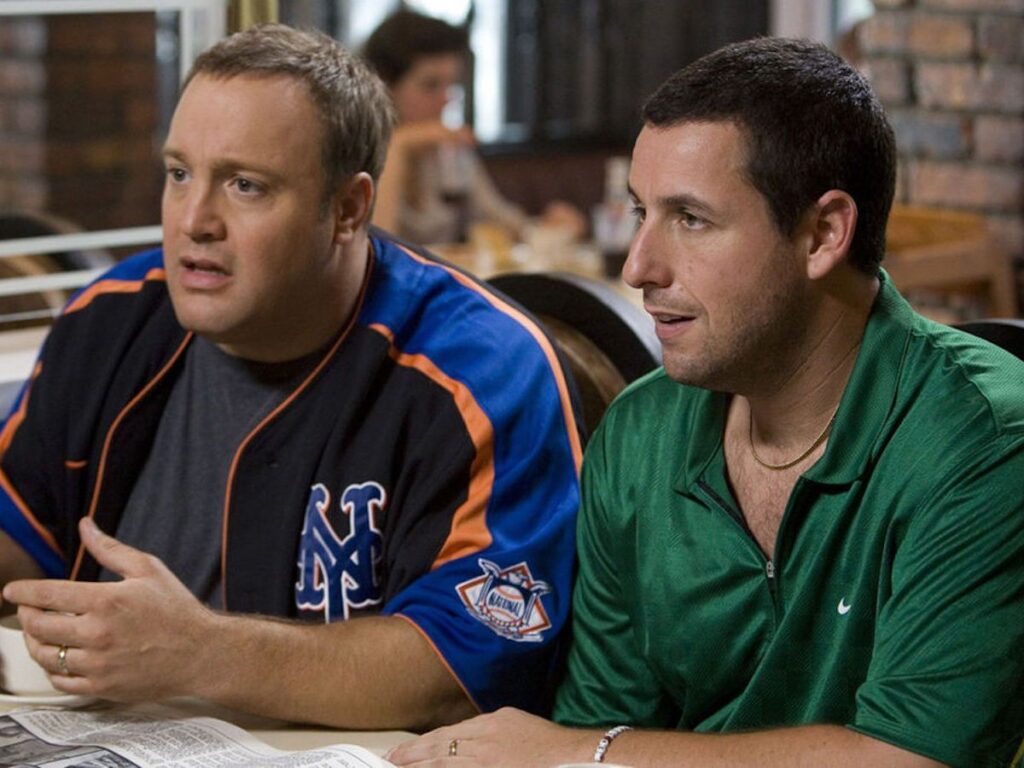
Revenge of the Nerds (1984)

Revenge of the Nerds, released in the past, presents itself as a lighthearted tale of nerds triumphing over their jock adversaries. However, upon closer examination, the film contains several problematic and misogynistic elements that would undoubtedly be removed in a modern remake. These include scenes where the nerds secretly photograph a rival sorority in compromising positions without their consent and then distribute the pictures. Even more disturbing is a scene that involves “rape by deception,” where a character pretends to be someone else to engage in sexual activity with a female character. In 2019, writer Jeff Kanew, who worked on the film, expressed regret and acknowledged that the scene was inexcusable, stating that if it were his daughter, he would not approve of it. In light of the progress made in understanding consent and respect, such content would not be acceptable in a film produced today.
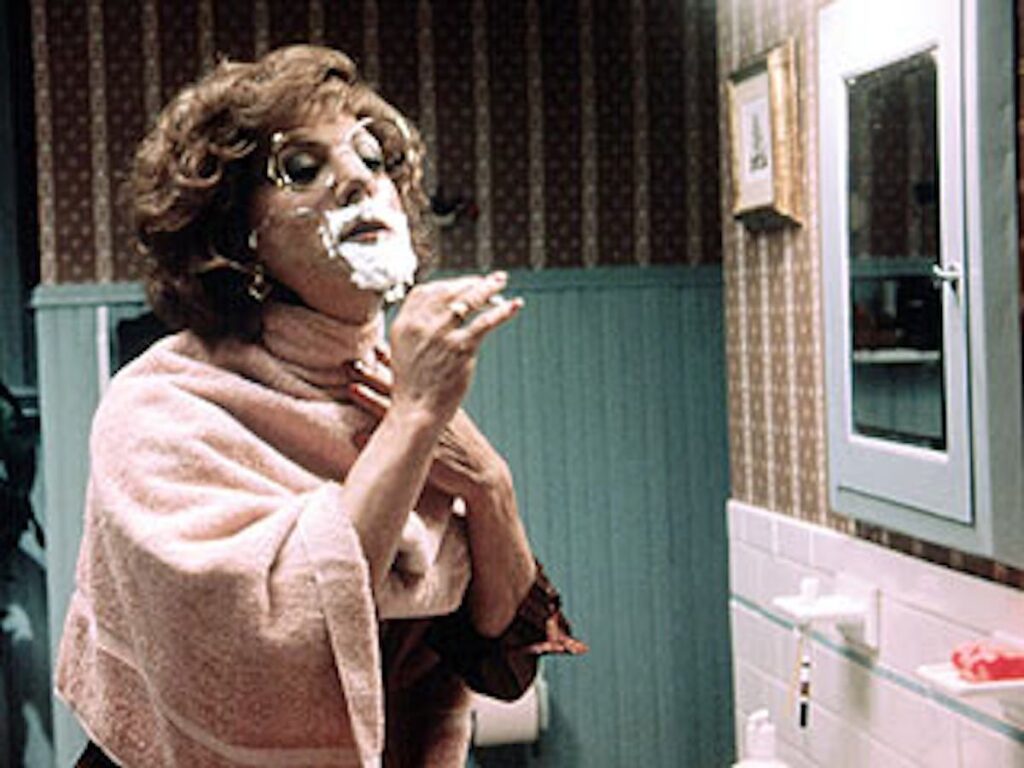
I Now Pronounce You Chuck and Larry (2007)

The film “I Now Pronounce You Chuck and Larry,” released in 2007, employs a premise that is insensitive and mocks same-sex marriage. The film relies heavily on homophobic humor and reinforces stereotypes, which would be highly problematic and unlikely to be made in the current decade. The cultural landscape has evolved significantly, and there is a greater emphasis on promoting inclusivity, respect, and accurate representation of LGBTQ+ communities. Films that perpetuate stereotypes and demean marginalized groups would face significant backlash and criticism in today’s social climate.
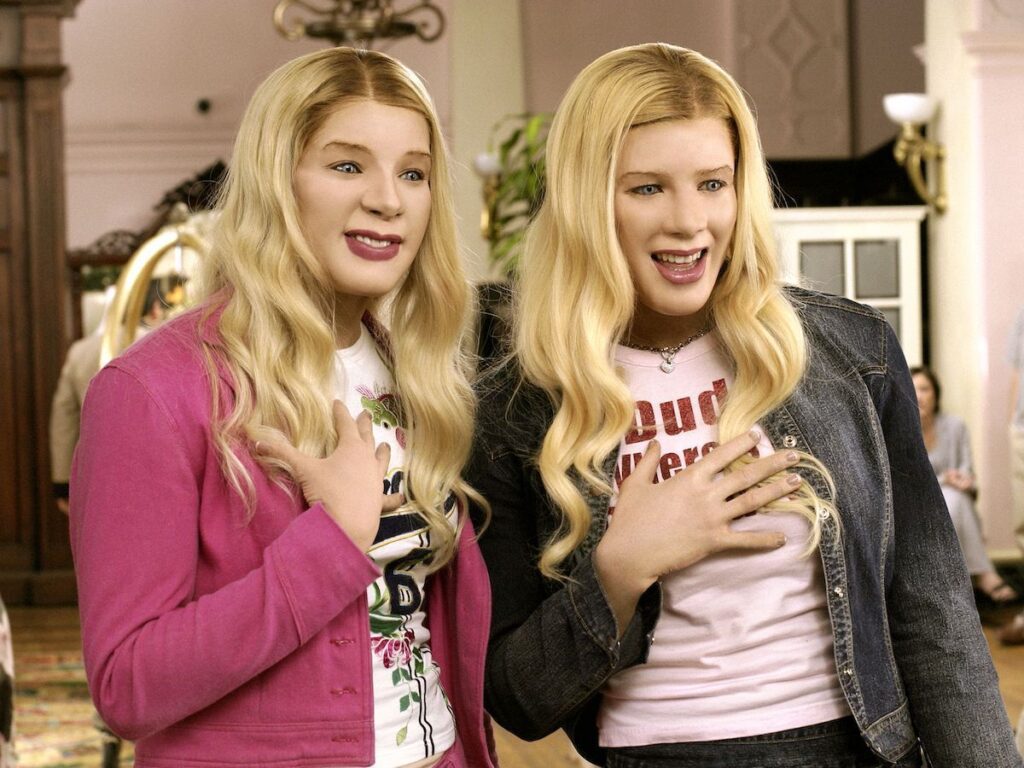
Tootsie (1982)

Tootsie, at its core, centers around the story of Michael Dorsey, a straight white male, who resorts to assuming the identity of a woman named Dorothy Michaels to secure a role in a soap opera. It is evident that such a plot would face significant obstacles if attempted today. The evolving cultural landscape and increased awareness of gender representation make it clear that the premise of Tootsie would be met with considerable resistance and criticism in the current era.
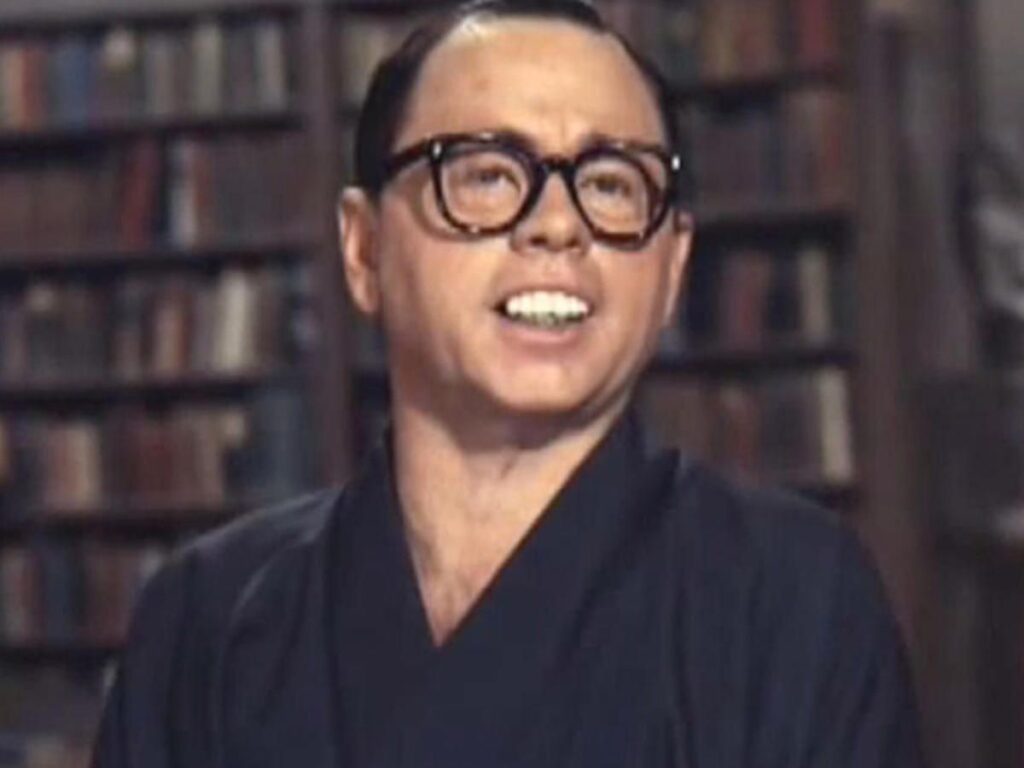
White Chicks (2004)

It is highly unlikely that a film like White Chicks would be made in today’s cultural landscape. The film’s premise revolves around two African-American men disguising themselves as white women, which raises concerns about racial stereotypes and cultural appropriation. The concept of “blackface” has long been criticized for perpetuating harmful stereotypes and mocking marginalized communities.
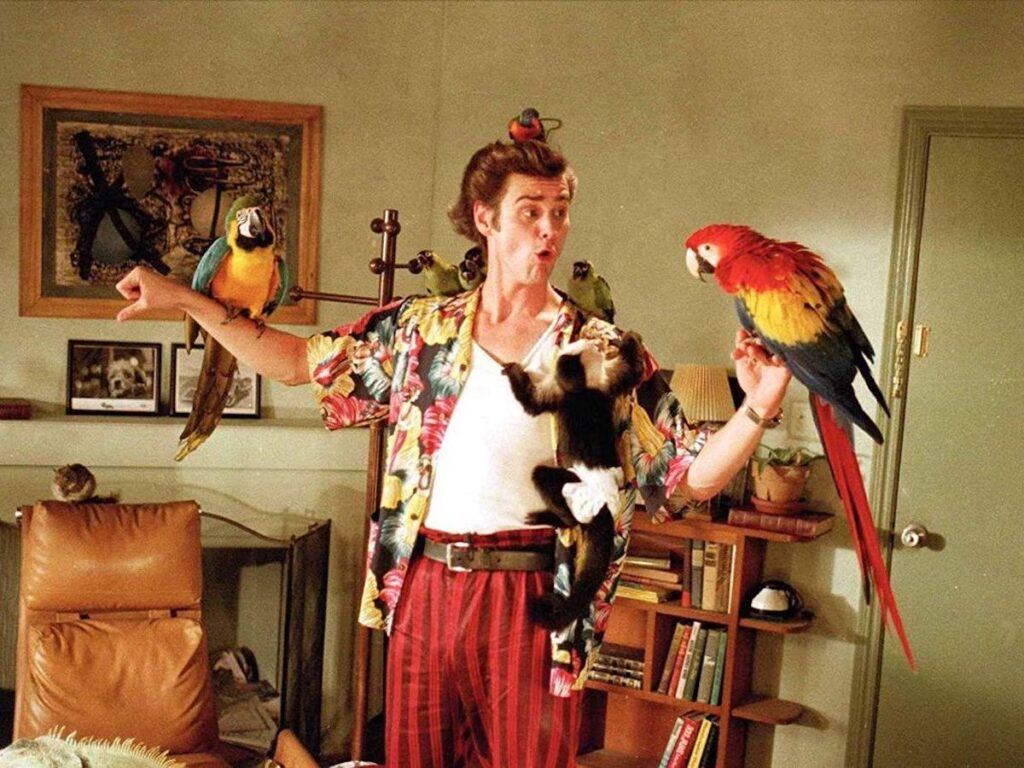
Breakfast at Tiffany’s (1961)

It is highly likely that a new film adaptation of Breakfast at Tiffany’s will be made in the future. However, it is almost certain that the character of I. Y. Yunioshi would not be portrayed by a white actor wearing yellowface and delivering a stereotypical depiction of an Asian person, as Mickey Rooney did in the original 1961 film. Rooney’s performance has faced significant criticism over the years, and even the director of Breakfast at Tiffany’s, Blake Edwards, expressed regret and a desire to recast the role.
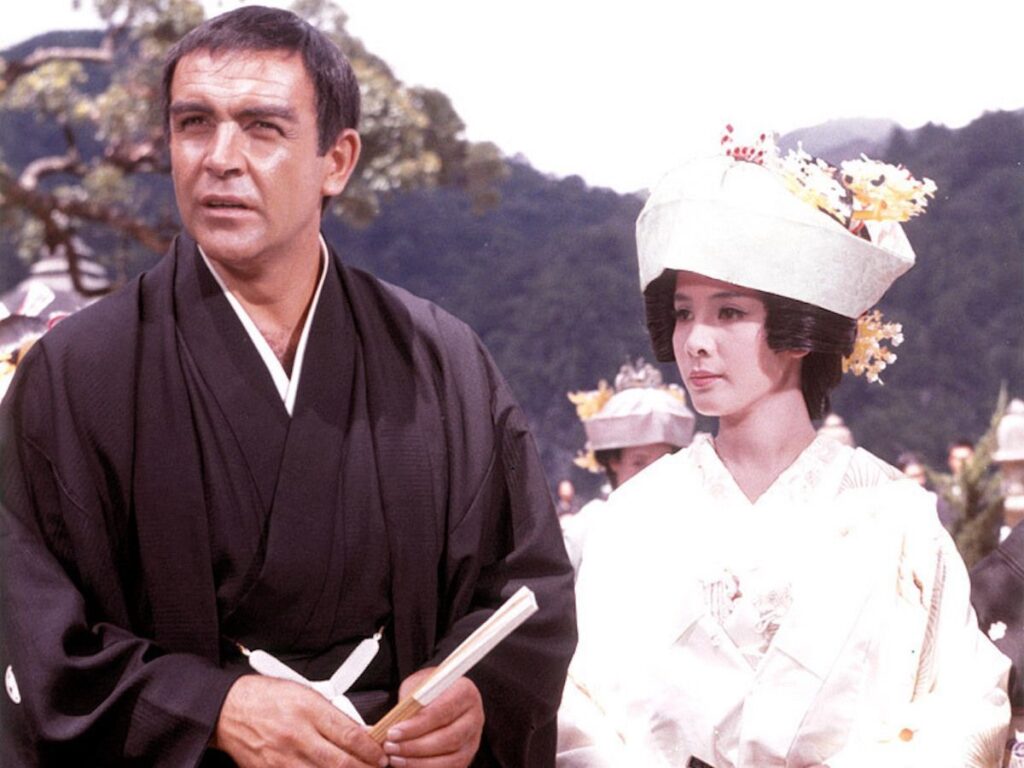
Ace Ventura: Pet Detective (1994)

Ace Ventura: Pet Detective enjoyed immense success as a comedy film in the 1990s, propelling Jim Carrey to superstardom. While it is conceivable that the film could be remade or receive another sequel today, significant changes would be expected. Specifically, the character of Lt. Lois Einhorn/Ray Finkle, portrayed as a mentally unhinged transgender villain, and the transphobic jokes directed towards this character, would likely be eliminated from any remake or reboot.
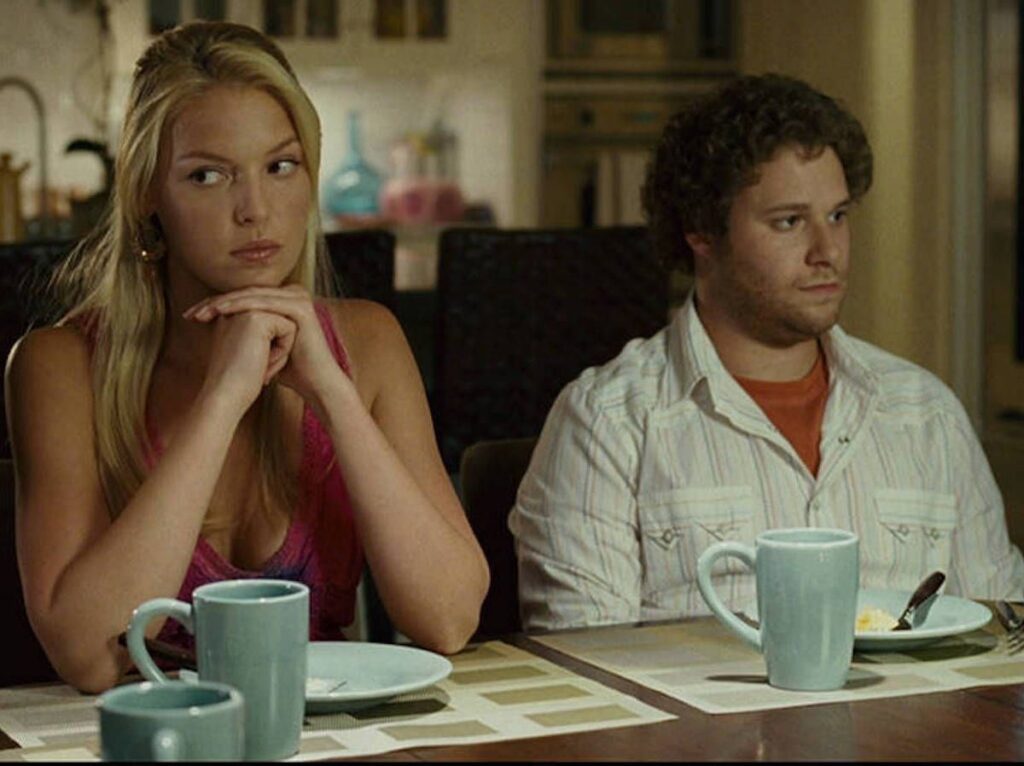
You Only Live Twice’ (1967)

Among the various questionable elements in the James Bond film series, one film that stands out as highly unlikely to be made today is You Only Live Twice. In this installment, Sean Connery’s Bond assumes an undercover role in Japan, which involves adopting a highly stereotypical appearance. This includes artificial eyelids, a jet-black toupee, exaggerated eyebrows, and even donning a kimono. The film’s portrayal of Japanese culture and its reliance on racial stereotypes draw unfortunate parallels to the controversial depiction in Breakfast at Tiffany’s.
Knocked Up (2007)

Knocked Up has been subject to criticism, including from its star Katherine Heigl, who described the film as “a little sexist” for perpetuating gender stereotypes. She pointed out that the female characters were often portrayed as uptight and lacking humor, while the male characters were depicted as lovable and carefree. Heigl’s comments have been associated with potential repercussions on her career, although she has handled the criticism gracefully. Undoubtedly, if a film similar to Knocked Up were to be made today, the portrayal of the female lead would undergo significant changes.
